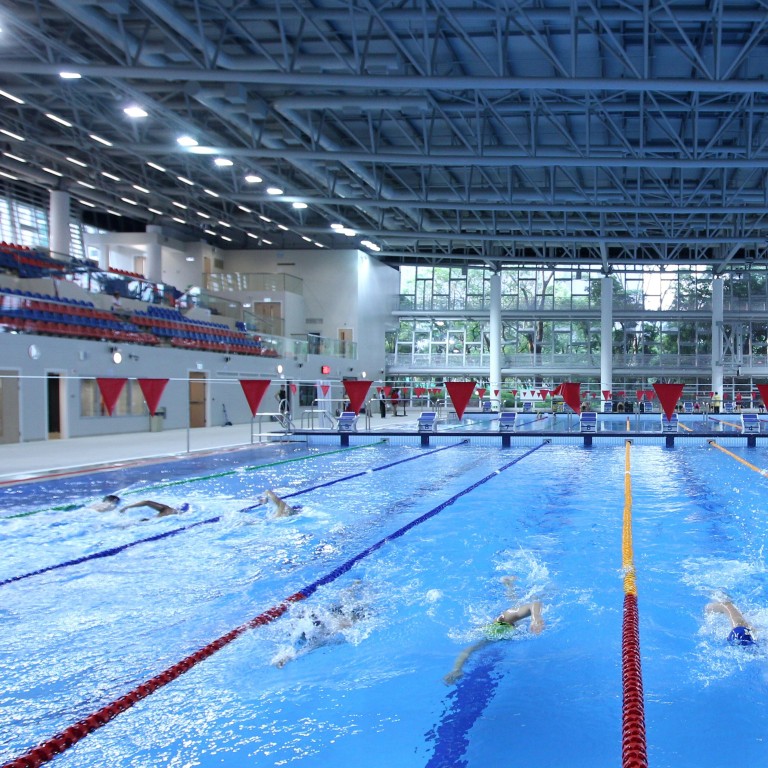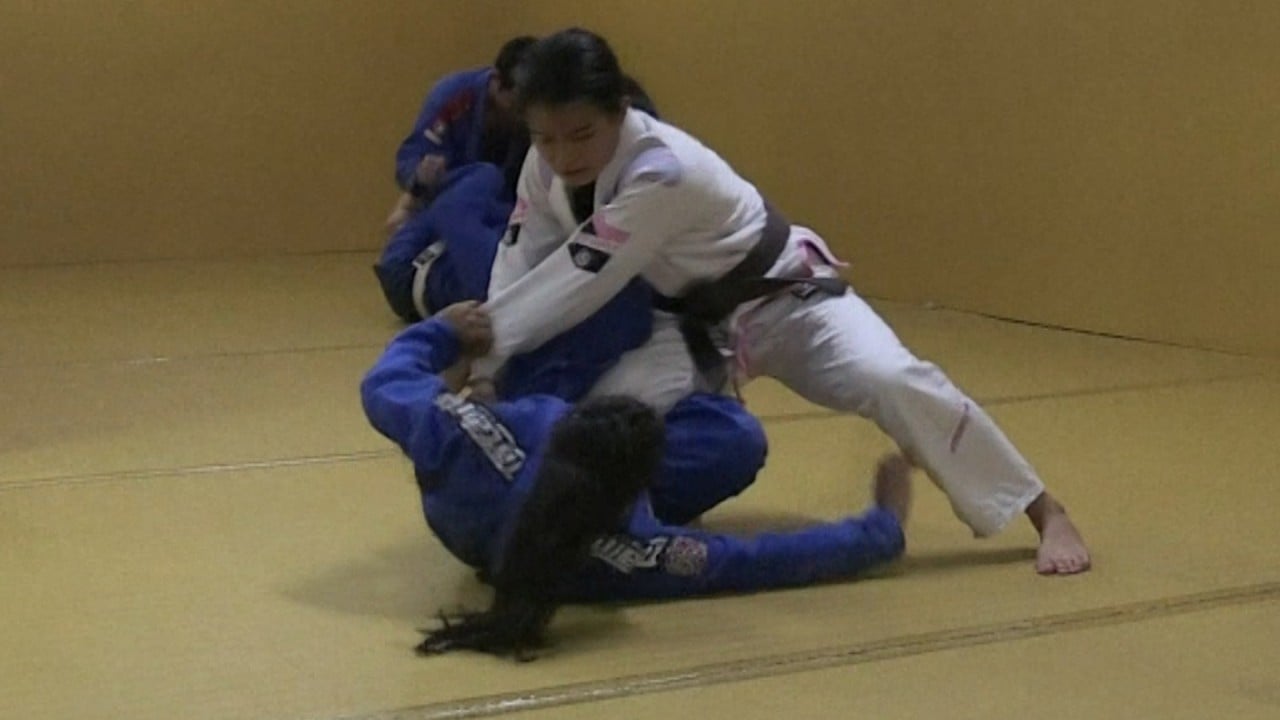
Letters | Hong Kong sports sector coming up short on safeguarding children
- Simply parroting the definition of sexual abuse and exhorting people in positions of trust to behave is not enough
- Without correcting operational defects, the risk of child abuse in Hong Kong’s institutions cannot be eradicated
Sexual and other forms of child abuse are often enmeshed in an environment with operational deficiencies that allows abuse in the first place – no proper regulations of interaction between adults and children, failure to listen to children and a culture where everyone clams up about suspicions of child abuse. Simply parroting the definition of sexual abuse and exhorting people in the positions of trust not to abuse children would be reaching for low-hanging fruit.
Without correcting operational defects, there is no way we can truly eradicate the risk of child abuse in child-related institutions. In recognition of this, many sports institutions in Australia and England are implementing a “child safeguarding policy” to meet national standards on the matter. With clear standards and guidelines, such a policy stipulates all reasonable steps an organisation has to take to ensure children’s safety.

01:06
Jiu-jitsu world champion fights Philippines’ sex abuse problem
Dr Kanie Siu, CEO, Plan International Hong Kong

